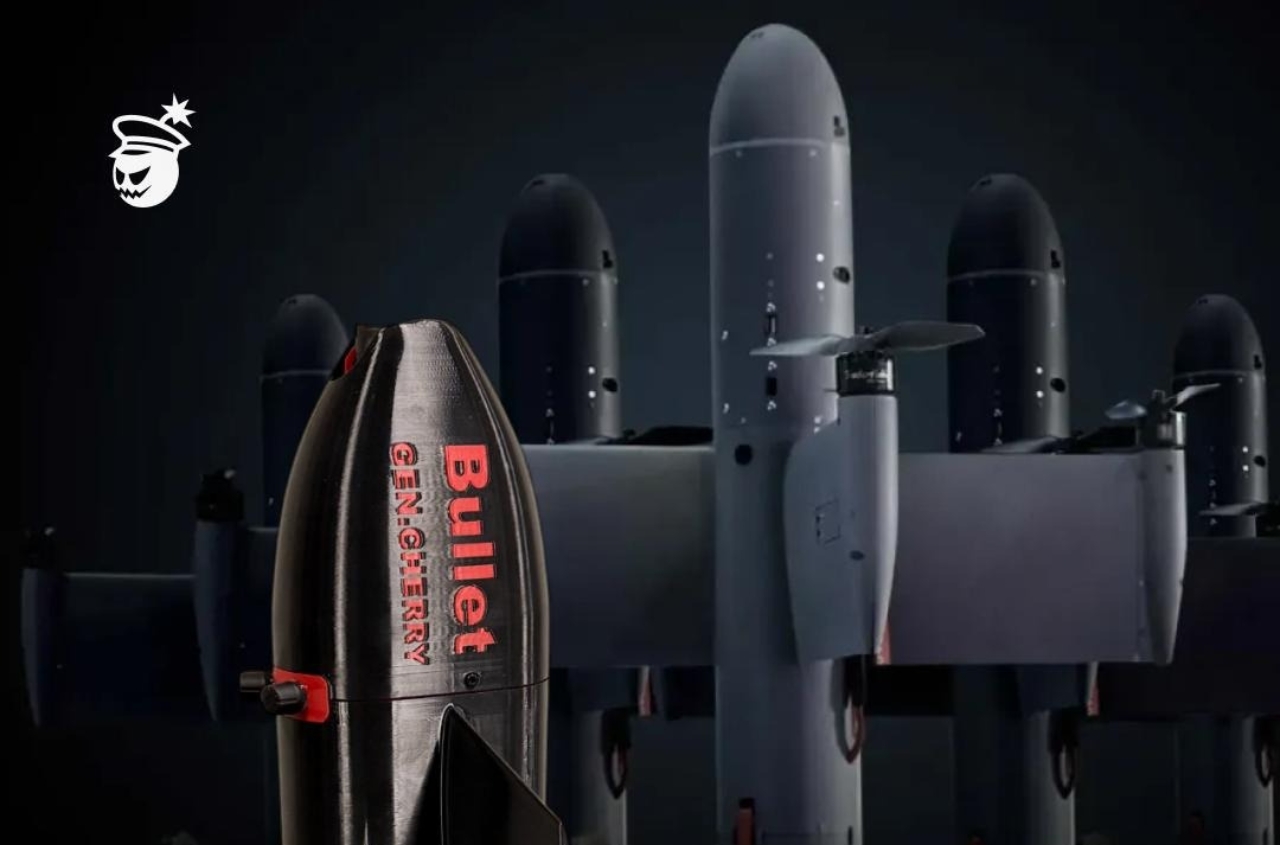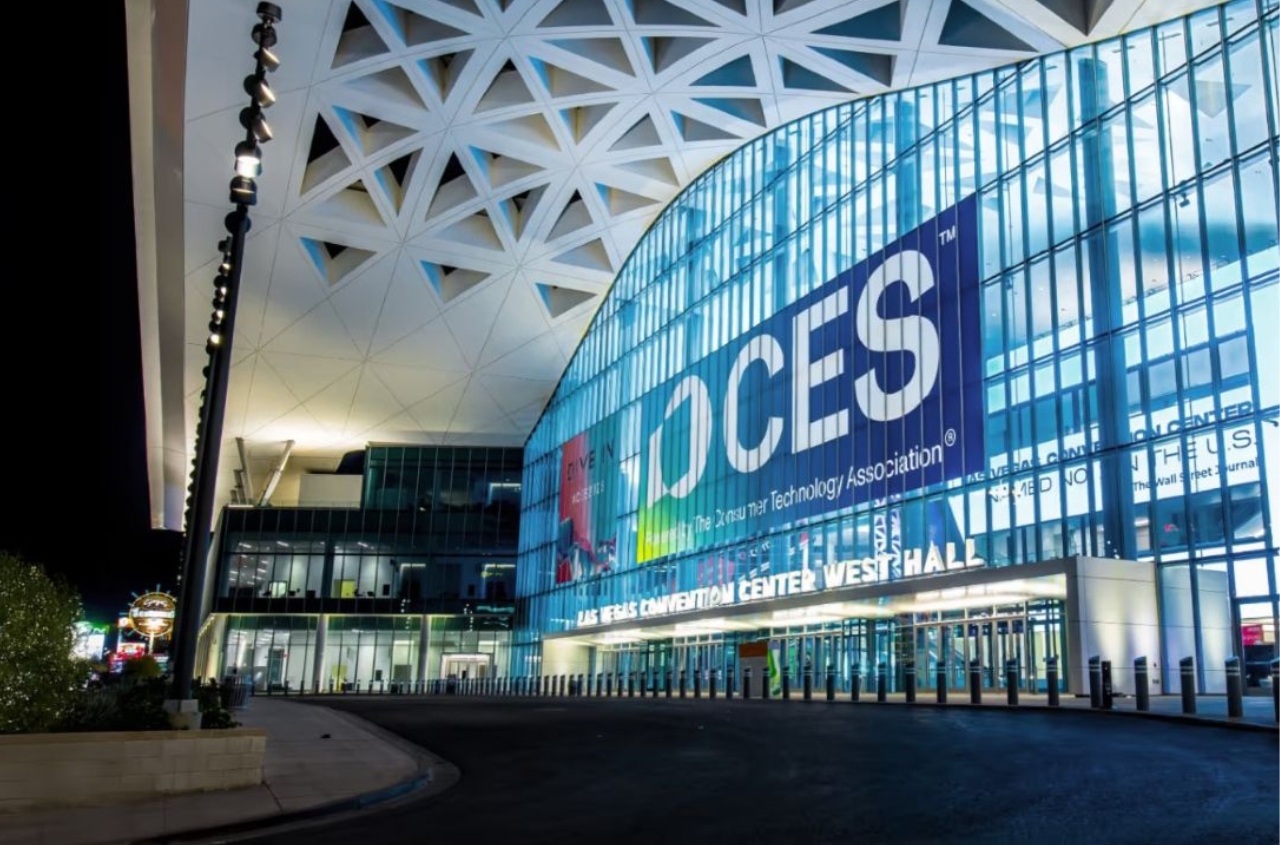At least two Ukrainian companies already cast housings, perform electroplating, and assemble engines for long‑range strike drones on their own, but current capacities do not yet meet all military needs. According to Ihor Fedirko, executive director of the Ukrainian Arms Makers Council, in a video project by Militarnyi, manufacturers have launched a full production cycle for powerplants (from die casting to final assembly), which makes it possible to adapt engines more quickly to different tasks and classes of airframes. It is emphasized that frontline demand currently exceeds the pace of serial production.
The development of hardware is accompanied by a bottleneck in electronics, since critical components (transistors, resistors, microchips and other parts) remain import‑dependent. Fedirko says export restrictions from China have complicated direct deliveries to Ukraine, forcing use of routes through third countries with double checks and additional delays; logistics have lengthened and unit costs have risen, although alternative supply channels are gradually being built.
Shortening the distance between production and the battlefield provides tangible practical benefits: repairs and part replacements happen faster, engineering tweaks based on combat use are implemented without long waits for imported batches, and operator feedback is rapidly converted into new technical revisions. Such a cycle increases platform reliability in an active EW environment and allows powerplants to be tuned more precisely for specific mission profiles.
Dependence on foreign component bases remains a strategic risk, so alongside expanding engine production companies are diversifying suppliers, testing substitute components, and planning larger buffer stocks. Industry players expect that additional investments in shop equipment and contracts with related manufacturers will allow them to scale up series production and better cover peak military demand.
Over three years Ukrainian drones have moved from point‑assembly to serial lines with localized modules, and engines are one of the most critical elements of this evolution. The next stage involves scaling up production, stabilizing electronics logistics, and standardizing service, which together should reduce technological risks, speed fleet renewal, and increase resilience to external supply constraints.


















